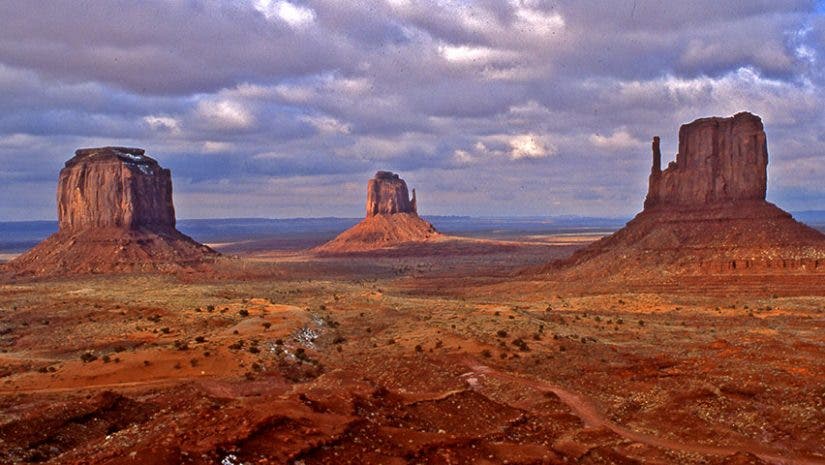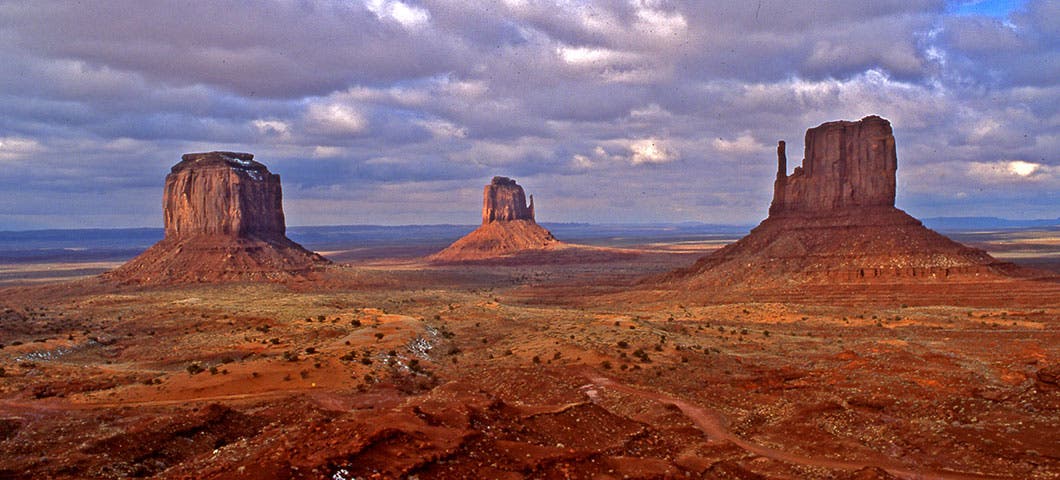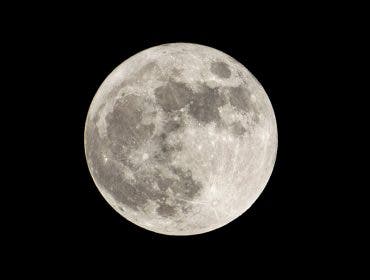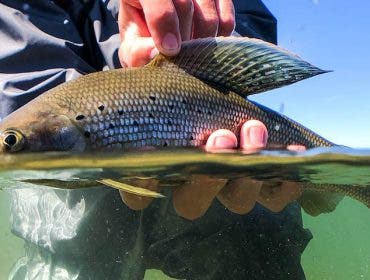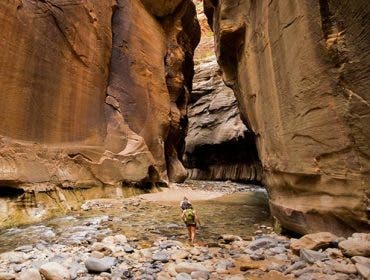One of the most iconic western landscape locations in the United States is Monument Valley Navajo Tribal Park, located in southeastern Utah and northeastern Arizona. If you haven’t been there, picture majestic rock formations carved out of a pinkish-brown sandstone towering over an endless expanse of arid terrain and set against a vast sky. The park is part of a 25,000 square mile Navajo Nation Reservation, a private tract of land owned and administered by the Navajo Nation.
Staying practical:
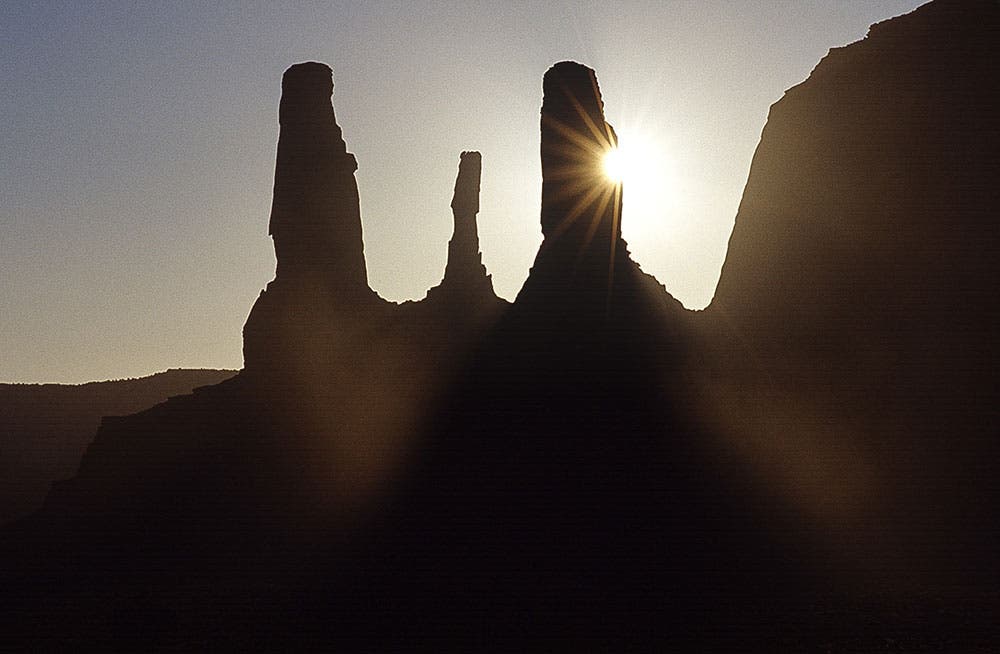
You can go to Monument Valley any time of year, but the park gets brutally hot in summer. Fall and spring are more temperate and the angle of the sun is very good for photography. I usually go in October or November, but I’ve been there in winter and always found it photogenic.
If you’re not from the area, you can fly into Salt Lake City or Moab, Utah, then drive. Along this route, you can visit Arches and Canyonlands National Parks, Garden of the Gods, and Goosenecks of the San Juan, all fascinating geological areas.
The best places to stay are Gouldings Lodge or the San Juan Inn, both just outside Monument Valley and reasonable. The View Hotel is just inside the park and is more luxurious. You also can camp but only with a Navajo guide and you must arrange this well in advance. Spending the night under the stars with a guide is a worthwhile experience in itself and photographically, and it usually includes a delicious steak dinner.
Exploring the park:
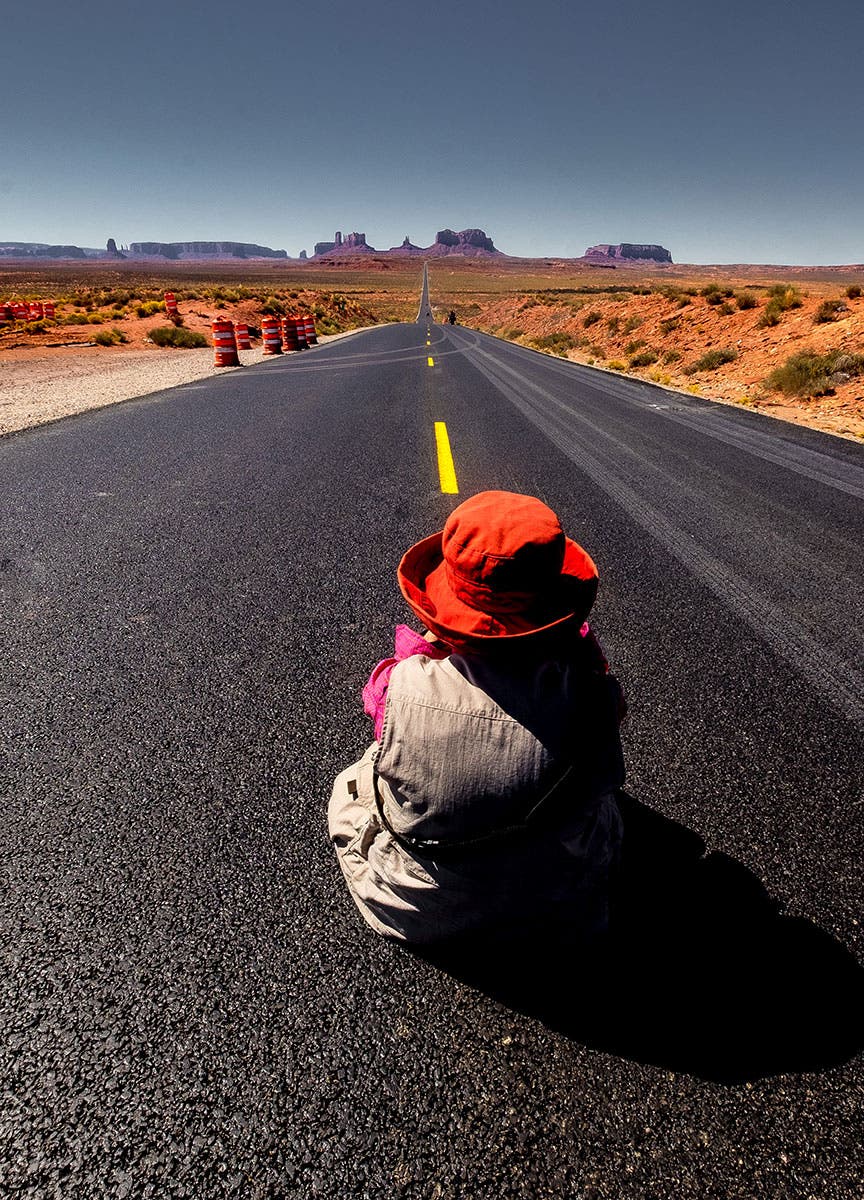
Plan to be in Monument Valley at least two days to do justice to this location. I recommend that you devote one day to doing the Valley Drive on your own and another day with a Navajo guide.
On your own, you can follow the stops along the road and explore the area around each stop. To make the most of that day, plan to arrive at the rim (just behind the visitor center) at least one-half hour before sunrise and stay until it’s too bright; then, after taking the Valley Drive, return to the rim one-half hour before sunset and stay until dark.
Also, the road into Monument Valley from the San Juan Inn is worth exploring so make time for that even though it is outside the park. Plan to make a series of stops in both direction as you enter and leave the park.
A Navajo guide can take you to locations off the beaten path, including the sand dune area. I’ve worked with Fred’s Adventure Tours, which specializes in photography.
Shots to take at various times of day:
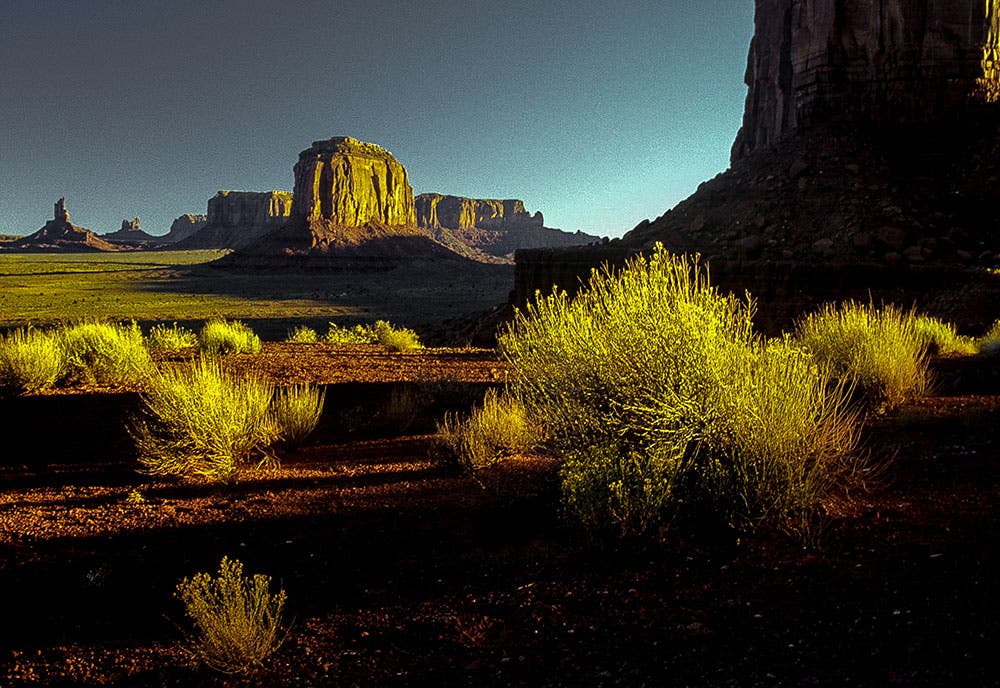
You will have no shortage of enticing subjects to photograph throughout the day. The trick is to arrive at locations at the right time. Notice when the photos shown here were taken so you’ll have some idea of the possibilities.
You can pick up maps and other literature at the visitor’s center but here’s a link to a map you can download and print in advance. It identifies the various formations in the park and shows you the roads that get you there.
Composition:
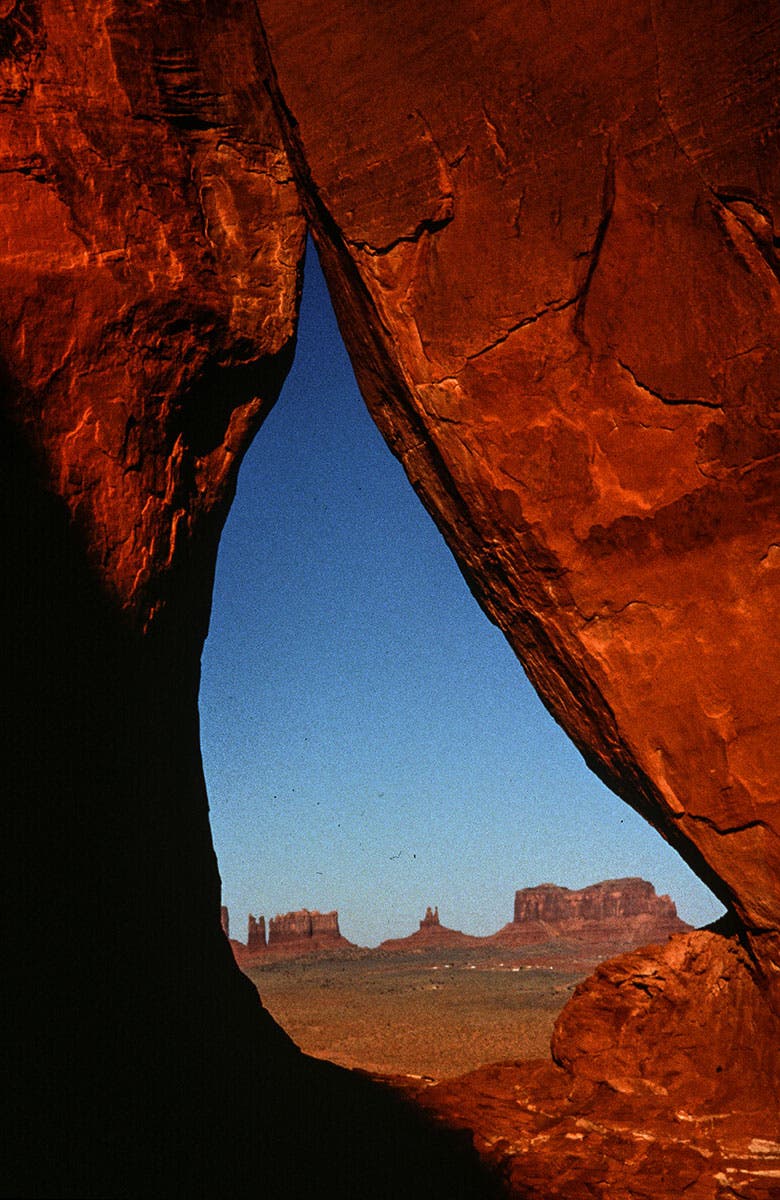
How you frame and compose your shots will make an enormous difference on their impact. Since the landscape will run horizontally, make a special effort to include vertical shots.
Even with a beautiful landscape, you have to think about how to shape each image for maximum effect. For example, create a sense of depth by combining something in the foreground with the landscape in the background. This will pull the viewer’s eye into the frame and point it toward your subject. Look for foreground rock formations, vegetation or sand ripples, which may be worth seeing in their own right; then combine them with the rock formations that drew your eye. Check the caption for each image for further suggestions.
Look to the sky:
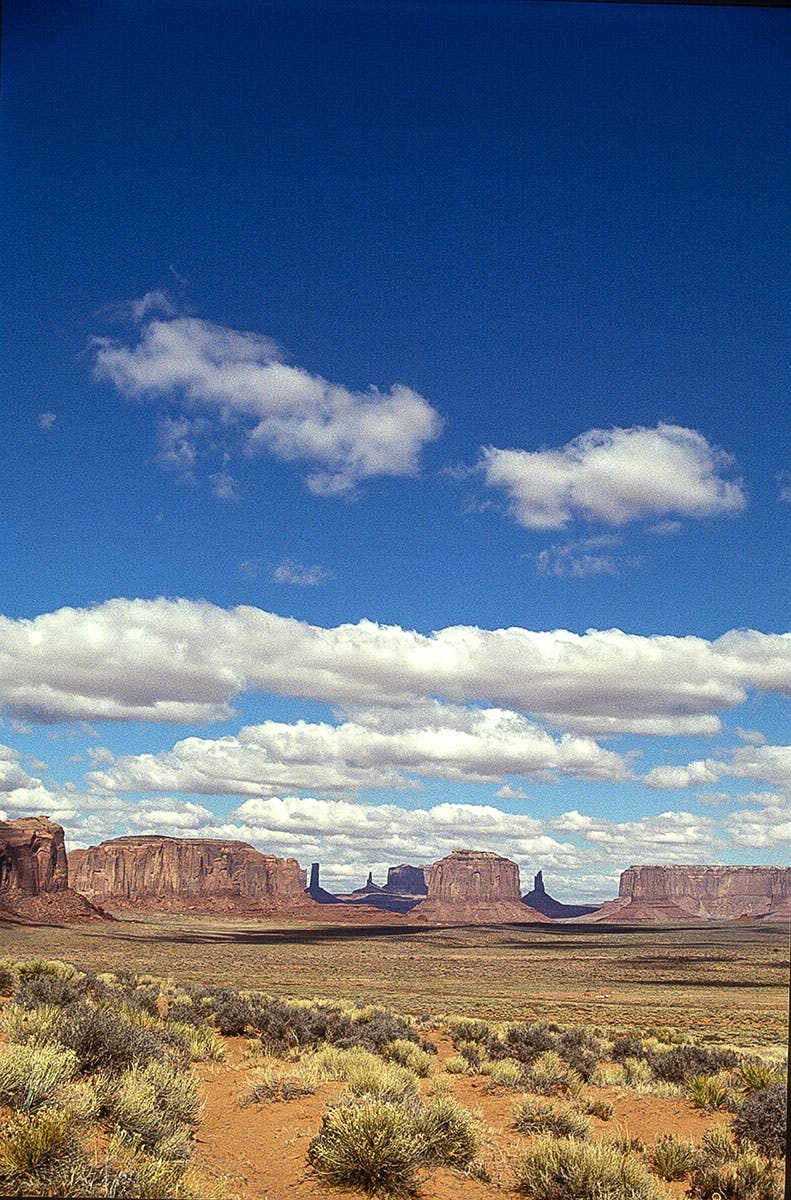
The wide open sky is present wherever you go and you will need to make it an integral part of your compositions at all times. Sunrise and sunset provide you with the possibility of brilliant colors against which to present the landforms. Expose for the sky, then underexpose to enrich those colors, even though the formations will become silhouettes. Be especially aware of where the sun is as it rises or sets so you can position it to create a star effect.
For added pizzazz, check into the schedule of hot air balloon flights over Monument Valley. These balloons make colorful and dramatic additions to the landscape and, if you have time and money, you may even be able to fly in one yourself.
If there are clouds, work to incorporate them in interesting ways above the landscape. And if it has rained, look for those beautiful rainbows. If you see one, expose for the light on the rainbow to saturate its colors, even if the landform goes dark.
Even at night, you’ll find that you can create amazing photographs. Expose for the sky so it will be a bit brighter than the landscape, and use a slow shutter speed with your camera on a tripod. Look for the moon and try to frame it in conjunction with some of the formations. If you want to time your visit to a full moon, find a date that works for you. If you’re willing to put in the time, you can even try for star trails using very slow exposures of up to 30 minutes.
Reflections and shadows:
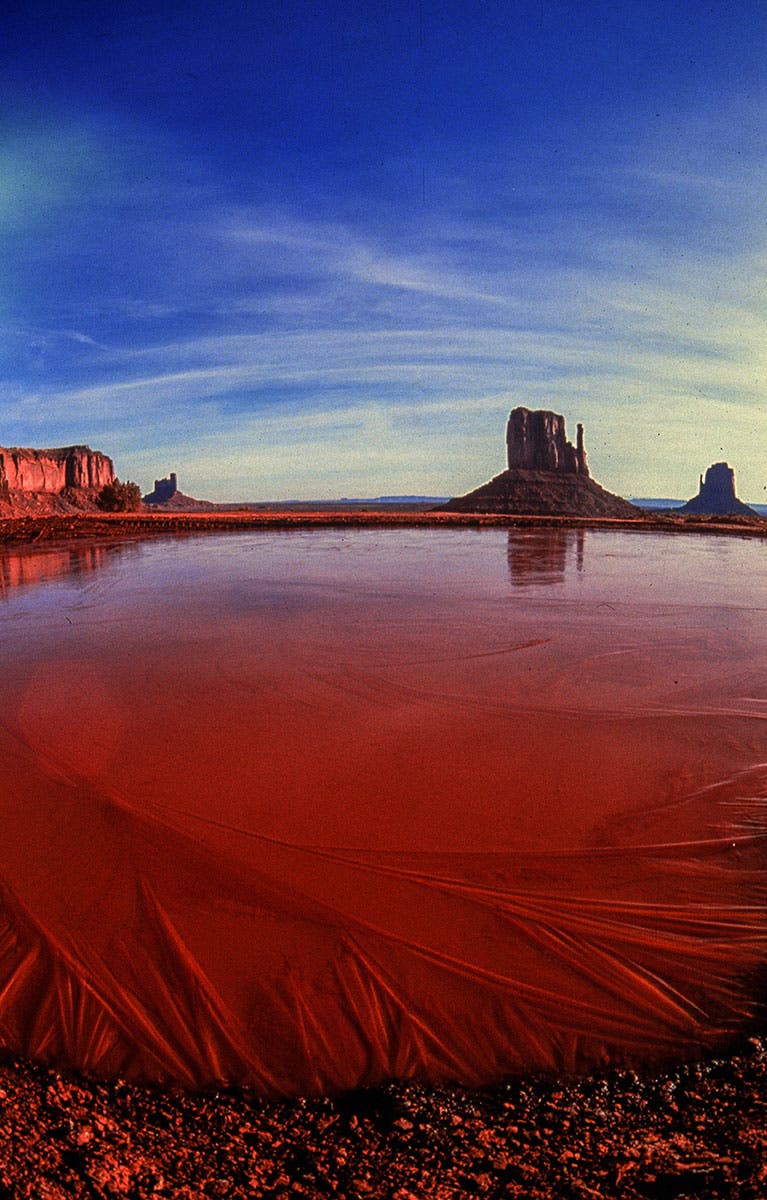
Even though this is a desert environment, it does rain, sometimes quite heavily. If you’re lucky enough to arrive after such a rain, look for puddles of water where interesting formations are reflected. Use elements in the sky and try some vertical shots to make these work especially.
On sunny days, shadows can provide the visual variety you need, especially after dawn or near dusk, when shadows will be longer. Expose for the landforms so the shadows go darker.
People:
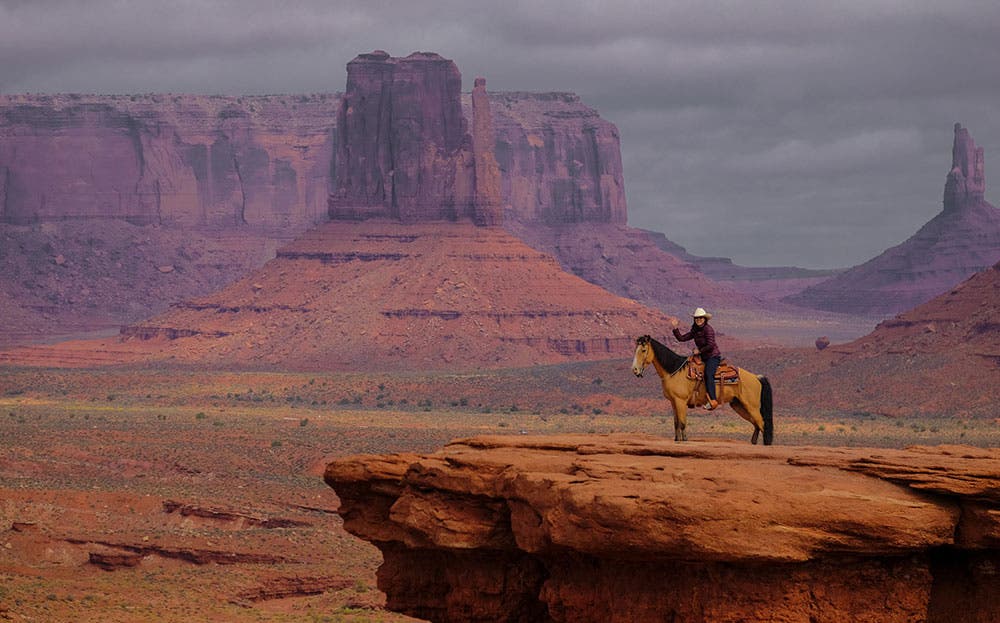
Whether you’re traveling with family or friends or just on your own, you’ll want some images that include people. Just take a few moments to think about how to portray them in this environment, not just to show something that happened, but to offer the viewer a sense of scale or point out an interesting phenomenon. Even in bright sunlight, you’re better off exposing for the environment, then brightening the person’s face in your computer.
Once you’re back home, enjoy the scenery all over again by viewing the film The Searchers or another of the five John Wayne movies shot in Monument Valley. I’m sure you’re shots will compare favorably.
